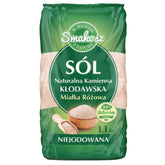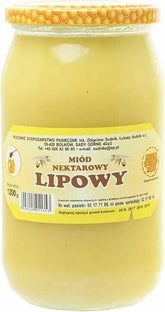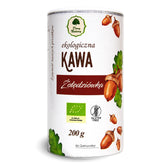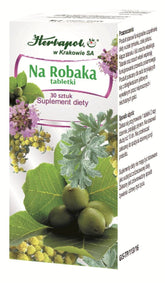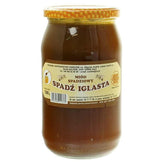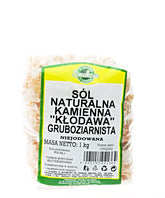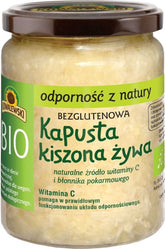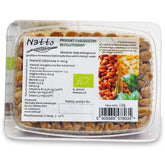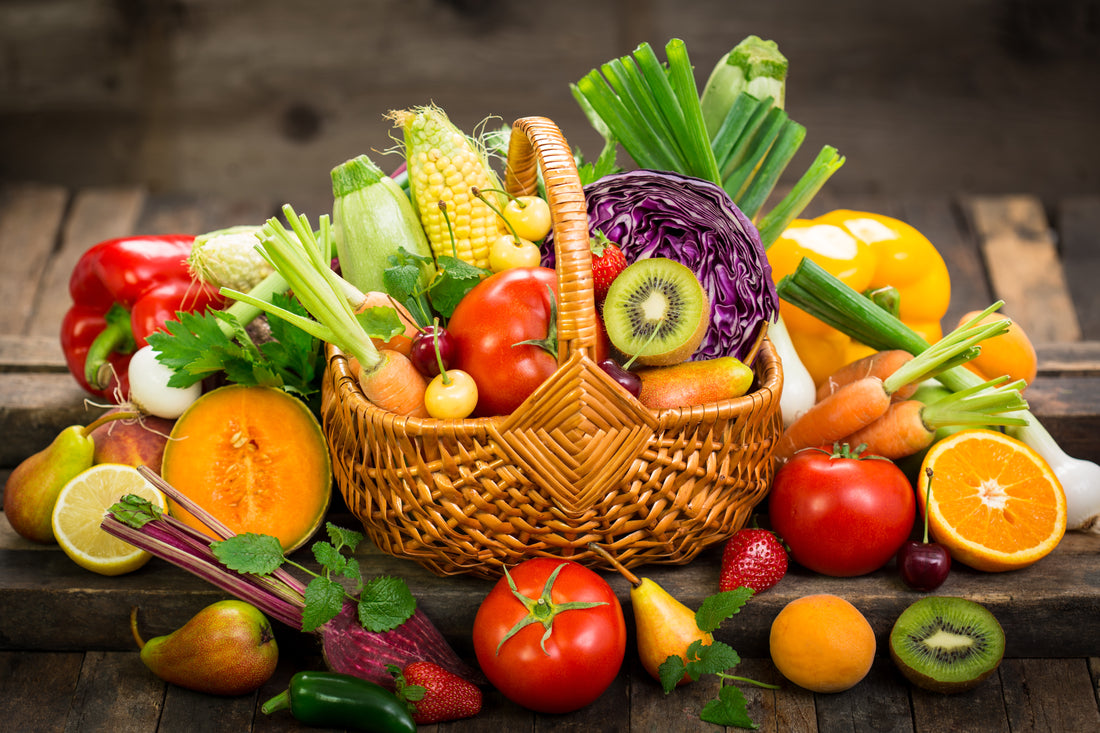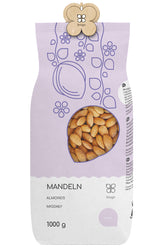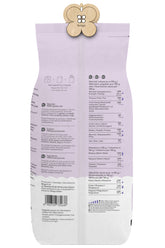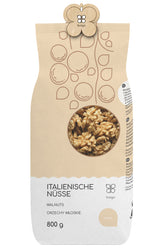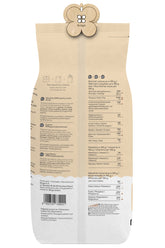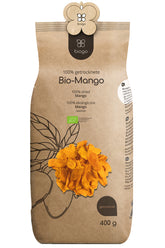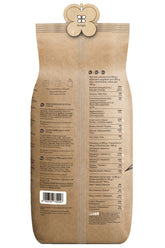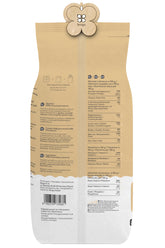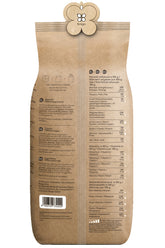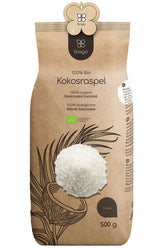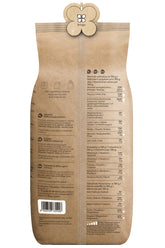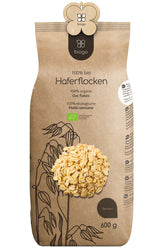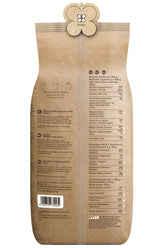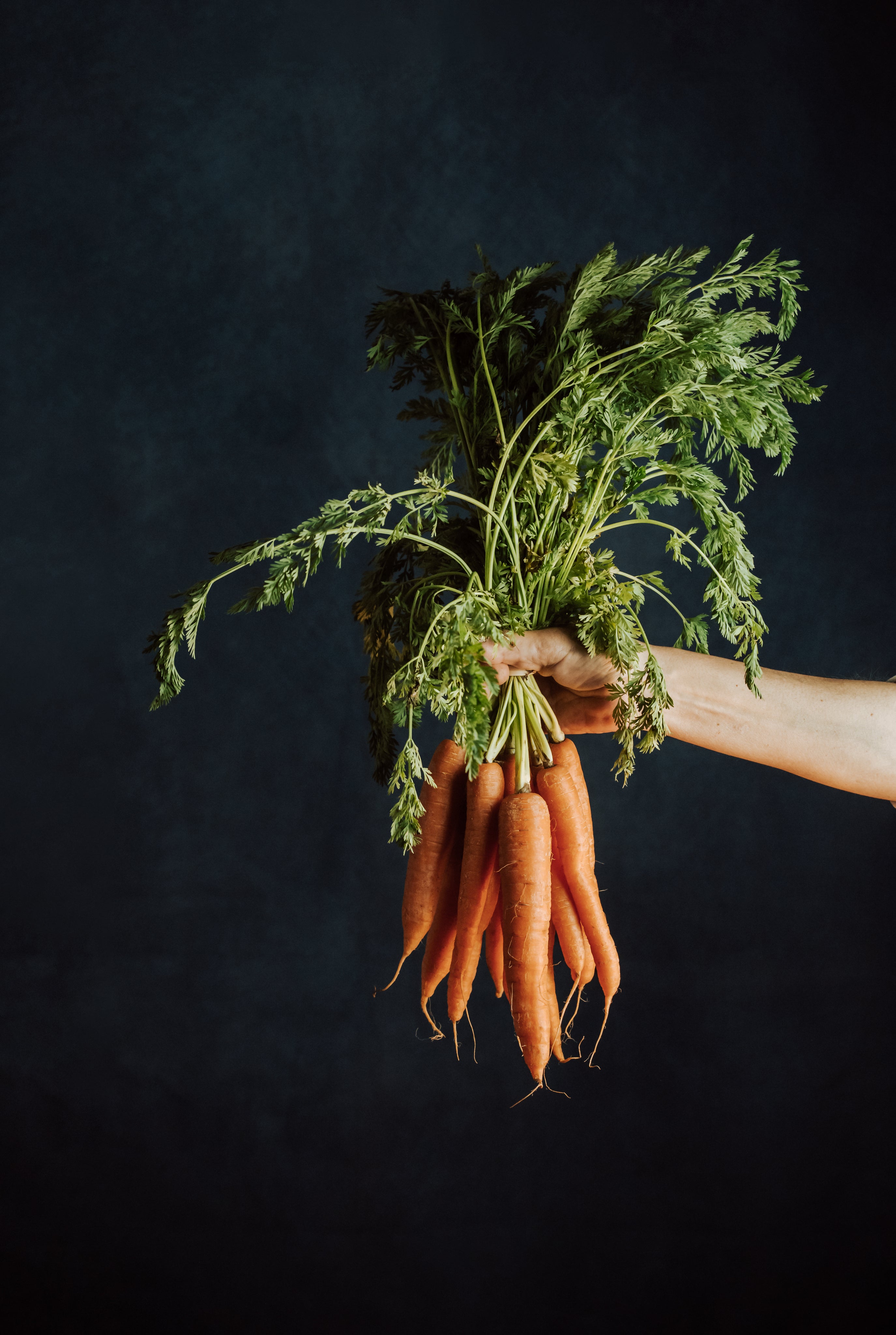A healthy diet for us and the planet – how to buy vegetables and fruit
According to WHO recommendations, we should eat at least 400 grams of vegetables and fruit a day, preferably raw. They should make up at least half of each meal. According to a study conducted by Kantar in November 2020, only 18% of Poles report this way of eating , which is really not a lot. Meat is still our number one priority, a decent portion of potatoes, sometimes fries, and salad are treated as a side dish. Let's examine how and why we should change it, and what impact our diet has on our health and the planet. On our website you will also find fresh vegetables that will take care of your health, and we always deliver them on time!
A balanced diet for the sake of our planet
Although we don't usually think about it daily, it's true that our eating habits, as well as food production, have a major impact on the environment. The food system, from food production to waste disposal, is responsible for one-third of global greenhouse gas production. In addition to improving the production system to reduce our destructive impact on nature as much as possible, we can try to reduce food waste as much as possible and change our diet, including by purchasing:
seasonal products, especially Polish,
local products, produced as close to where we live as possible,
Products from producers who act in an environmentally conscious manner and, where possible, support organic farming that takes into account the protection of water and soil and attempts to preserve biodiversity.
How can you change your eating habits to eat more fruits and vegetables every day?
People who avoid meat or limit its consumption by replacing some meals with plant-based products are less likely to suffer from lifestyle diseases such as diabetes, cardiovascular disease, and cancer. A well-balanced, plant-based diet can offer us health benefits, but not only that. Such a diet is also environmentally friendly , as it helps reduce greenhouse gas emissions. But that doesn't mean we have to give up meat altogether. It's enough to limit consumption by replacing some meat dishes with vegetables. So how does this work in practice?
- Half of the meal should be your favorite vegetables: tomatoes, lettuce, cucumbers, beets, zucchini,
- Instead of traditional sandwiches for breakfast or dinner, we can eat a plate of seasonal vegetables in sticks or in the form of a salad, and bread can be spread with hummus, vegetable paste or bean, lentil or mushroom pate.
- traditional schnitzel can be replaced by a schnitzel made from breaded vegetables or mushrooms, eggplant, zucchini, mushrooms and oyster mushrooms are suitable for this purpose,
- Cow’s milk can be replaced by homemade oat milk, rice milk, coconut milk,
- If you don't want to give up meat completely, you can limit your consumption to once or twice a week. On other days, you can substitute filling, high-protein legumes like beans, peas, broad beans, and green beans. In winter, you can use frozen foods and occasionally canned chickpeas, peas, or beans.
Finally, let's remember one of the most important rules: not to waste food. According to UN research, 1 billion 300 million tons of food that is still fit for consumption are wasted worldwide every year. To reduce food waste, we should plan our shopping carefully, choosing only the products we really need from the shelves, and in sufficient quantities to eat them before they spoil. Before anything goes bad, try to process or freeze the food. In the off-season, when access to fresh, seasonal produce is limited, we can use processed products: jams, juices, pickles, and dried fruit.
THE PUBLISHER'S CHOICE
Almonds 1 kg BIOGO
- €11,69
€13,75- €11,69
- Unit price
- / per
Walnuts 800 g BIOGO
- €8,65
€10,18- €8,65
- Unit price
- / per
Dried organic mango 400 g BIOGO
- €10,99
- €10,99
- Unit price
- / per
Dried White Mulberries 500 g ORGANIC
- €5,84
€6,87- €5,84
- Unit price
- / per
Dried organic figs 800 g BIOGO
- €30,12
- €30,12
- Unit price
- / per
Unpeeled buckwheat groats 1 kg BIOGO
- €2,81
€3,31- €2,81
- Unit price
- / per
Organic coconut flakes 500 g BIOGO
- €10,07
- €10,07
- Unit price
- / per
Organic oat flakes 600 g BIOGO
- €3,77
- €3,77
- Unit price
- / per
Organic cashew nuts 1 kg BIOGO
- €19,99
- €19,99
- Unit price
- / per
Milk thistle seeds 1 kg BIOGO
- €3,99
- €3,99
- Unit price
- / per

